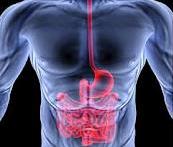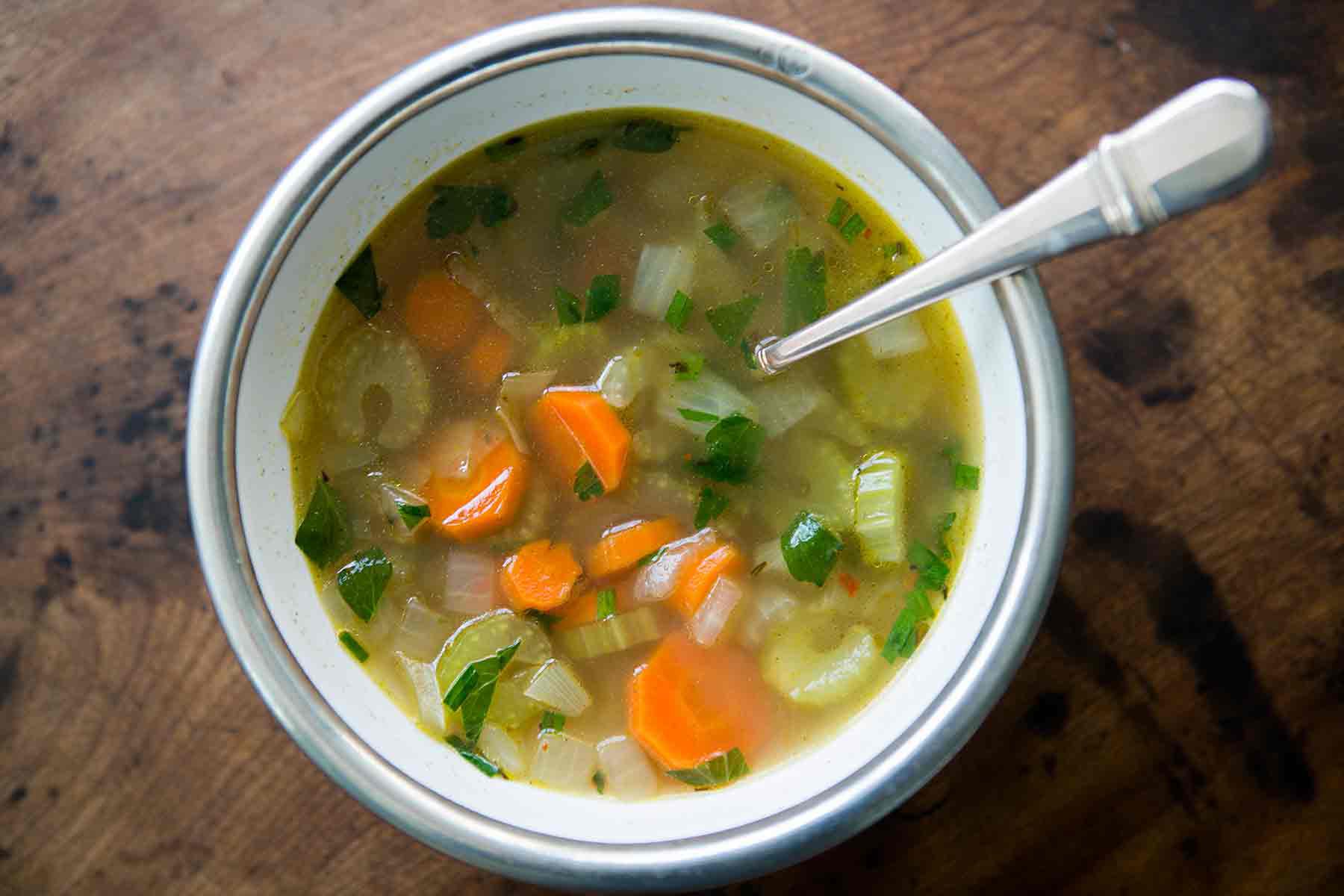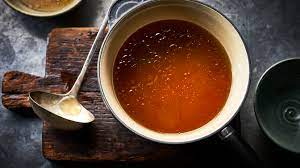It’s estimated that only 1% of the population escapes having a headache throughout their entire life. About 90% of the population get at least one headache each year. Of that about a quarter gets a migraine headache at some point in their lifetime. Headaches, although common, are not normal. The headache itself is a symptom of an underlying problem.
Headaches and migraines can be triggered by multiple things – skipping a meal, changes in sleeping patterns, medications, bright lights, fatigue, loud noises, stress, depression, or underlying health problems such as food intolerance, gut toxicity or allergies.
Typical headache treatments include taking medication to either ease the pain or prevent the migraine from occuring, but what if you don’t want to take drugs or deal with their side-effects? And what if you’d like to actually correct what is wrong?
There are a wide array of natural medicines and treatments available. However, what works for one person may not work for another, because the underlying causes can be completely different. For example, massage might be great for someone who has headaches due to muscle tension in their neck and shoulders, but for someone who is suffering headaches because they have been found to have bowel toxicity will benefit from a detox and diet change, regardless of how many massages they receive. This is why a thorough check needs to be made by a trained professional in order to get to the bottom of the problem.
Food For Thought
One very common reason people suffer headaches is because of the food they eat.
 Here are six headache relief dietary guidelines:
Here are six headache relief dietary guidelines:
1. Avoid foods and additives that contain sulfites, as they are great triggers of migraines.
2. Also avoid food additives or preservatives especially the ones that contain nitrates as they are known to cause dilation of the blood vessels around the brain and that can trigger headaches.
3. Avoid foods that contain a substance known as tyramine. Tyramine is also formed when protenious foods age. Examples of foods that contains this substance are aged cheese, blue cheeses,brie, cheddar, feta, gorgonzola, mozzarella, parmesan, swiss, cured or processed meats, certain beans (fava, broad, garbanzo, lima and pinto beans), onions, olives, pickles, avocados, raisins, canned soups, and nuts.
4. Avoid foods that contain monosodium glutamate or mechanically separated beef (MSB), and also avoid foods that contain caffeine such as coffee and chocolate.
5. Alcoholic beverages: These are core triggers of various types of migraines including cluster migraine.
6. Always include green vegetables and nuts into your diet. Green vegetables such as spinach are good sources of magnesium because the center of the chlorophyll molecule (which gives green vegetables their color) contains magnesium. Magnesium is a nutrient the body needs to relax muscles.
Adhering to these guidelines can not only reduce your headaches but also improve your overall well-being. This article is general advice, however, and we still recommend consulting with a Health Practitioner for more personalized care. If you suspect your diet might be a contributing factor to your headaches, we recommend you undergo a food intolerance test (Food Detective test) which is available at our clinic. Find out more about Food Detective here.








